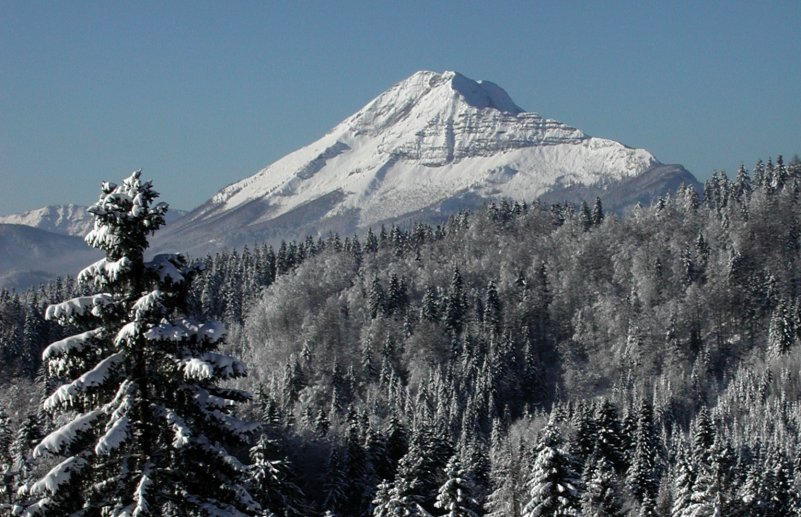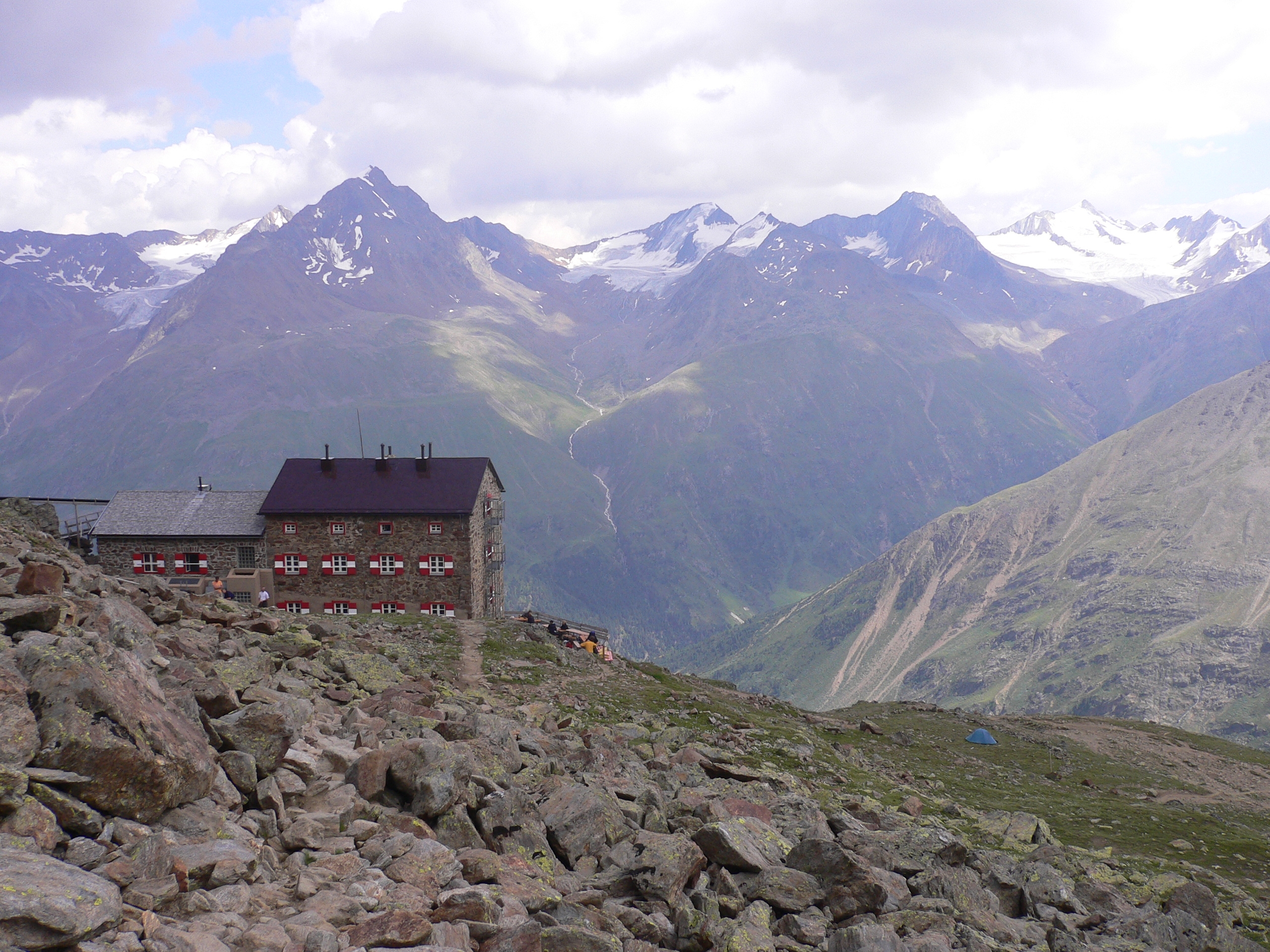|
Hochstadl
The Hochstadl is a mountain of the Ybbstal Alps located in Styria, Austria, belonging to the Kräuterin karst massif. It is the highest summit of the Northern Lower Austria Alps. Geography Administratively the mountain belongs to the Austrian state of Styria. Access to the summit The suggested route for the mountain starts from Dürradmer and reaches the top through the Kräuterinhütte (Kräuterin mountain hut) at 1,394 m.''Kräuterinhütte (1394 m)'', article owww.tourensuche.eu (accessed in May 2012) References {{reflist External links * Article in German German(s) may refer to: * Germany (of or related to) **Germania (historical use) * Germans, citizens of Germany, people of German ancestry, or native speakers of the German language ** For citizens of Germany, see also German nationality law **Ger ... obergkraxler.heimat.eu One-thousanders of Austria Mountains of the Alps Mountains of Styria ... [...More Info...] [...Related Items...] OR: [Wikipedia] [Google] [Baidu] |
Northern Lower Austria Alps
The Northern Lower Austria Alps or Lower Austria Alps (''Niederösterreichische Nordalpen'' in German) is the proposed name for a subdivision of mountains in a new, and as yet unadopted, classification of the Alps. They are the northernmost section of the Alps. Geography Administratively the range belongs to the Austrian state of Lower Austria and, marginally, to the states of Upper Austria and Styria. The whole range is drained by the Danube river. SOIUSA classification According to the proposal by SOIUSA (''International Standardized Mountain Subdivision of the Alps''), the mountain range is an Alpine section, classified in the following way: * main part = Eastern Alps * major sector = Northern Limestone Alps * section = Northern Lower Austria Alps * code = II/B-27 Subdivision Lower Austria Alps are divided into three Alpine subsections: * Türnitzer Alpen - SOIUSA code:II/B-27.I; * Ybbstaler Alpen - SOIUSA code:II/B-27.II; * Östliche Niederösterreichische Voralpen ... [...More Info...] [...Related Items...] OR: [Wikipedia] [Google] [Baidu] |
Ybbstal Alps
The Ybbstal Alps (german: Ybbstaler Alpen) are a mountain range of the Northern Limestone Alps and part of the Eastern Alps, located in Austria. They occupy an area along the borders of the states of Upper Austria, Lower Austria and Styria. The range includes the eastern part of the Eisenwurzen, as well as the Göstling Alps and the Kräuterin in the south. The Göstling Alps are home to the popular skiing area at Hochkar (1,808 metres). Their highest peak is the Hochstadl The Hochstadl is a mountain of the Ybbstal Alps located in Styria, Austria, belonging to the Kräuterin karst massif. It is the highest summit of the Northern Lower Austria Alps. Geography Administratively the mountain belongs to the Austrian ..., at above sea level. Another popular mountain is the Dürrenstein at 1,878 m. References Northern Limestone Alps Mountain ranges of the Alps Mountain ranges of Lower Austria Mountain ranges of Upper Austria Mountain ranges of Styria { ... [...More Info...] [...Related Items...] OR: [Wikipedia] [Google] [Baidu] |
Kräuterin
The Kräuterin is a karst massif with a size of 10 km by 12 km, located in the Ybbstal Alps, Austria. Its highest peak is the Hochstadl The Hochstadl is a mountain of the Ybbstal Alps located in Styria, Austria, belonging to the Kräuterin karst massif. It is the highest summit of the Northern Lower Austria Alps. Geography Administratively the mountain belongs to the Austrian ..., at 1919 meters above sea level. Mountain ranges of Styria Karst {{austria-geo-stub ... [...More Info...] [...Related Items...] OR: [Wikipedia] [Google] [Baidu] |
Styria
Styria (german: Steiermark ; Serbo-Croatian and sl, ; hu, Stájerország) is a state (''Bundesland'') in the southeast of Austria. With an area of , Styria is the second largest state of Austria, after Lower Austria. Styria is bordered to the south by Slovenia, and clockwise, from the southwest, by the Austrian states of Carinthia, Salzburg, Upper Austria, Lower Austria, and Burgenland. The state capital is Graz. Etymology The March of Styria derived its name from the original seat of its ruling Otakar dynasty: Steyr, in today's Upper Austria. In German, the area is still called "Steiermark" while in English the Latin name "Styria" is used. The ancient link between Steyr and Styria is also apparent in their nearly identical coats of arms, a white Panther on a green background. Geography * The term "Upper Styria" (german: Obersteiermark) refers to the northern and northwestern parts of the federal-state (districts Liezen, Murau, Murtal, Leoben, Bruck-Mürzzuschlag ... [...More Info...] [...Related Items...] OR: [Wikipedia] [Google] [Baidu] |
Austria
Austria, , bar, Östareich officially the Republic of Austria, is a country in the southern part of Central Europe, lying in the Eastern Alps. It is a federation of nine states, one of which is the capital, Vienna, the most populous city and state. A landlocked country, Austria is bordered by Germany to the northwest, the Czech Republic to the north, Slovakia to the northeast, Hungary to the east, Slovenia and Italy to the south, and Switzerland and Liechtenstein to the west. The country occupies an area of and has a population of 9 million. Austria emerged from the remnants of the Eastern and Hungarian March at the end of the first millennium. Originally a margraviate of Bavaria, it developed into a duchy of the Holy Roman Empire in 1156 and was later made an archduchy in 1453. In the 16th century, Vienna began serving as the empire's administrative capital and Austria thus became the heartland of the Habsburg monarchy. After the dissolution of th ... [...More Info...] [...Related Items...] OR: [Wikipedia] [Google] [Baidu] |
Karst
Karst is a topography formed from the dissolution of soluble rocks such as limestone, dolomite, and gypsum. It is characterized by underground drainage systems with sinkholes and caves. It has also been documented for more weathering-resistant rocks, such as quartzite, given the right conditions. Subterranean drainage may limit surface water, with few to no rivers or lakes. However, in regions where the dissolved bedrock is covered (perhaps by debris) or confined by one or more superimposed non-soluble rock strata, distinctive karst features may occur only at subsurface levels and can be totally missing above ground. The study of ''paleokarst'' (buried karst in the stratigraphic column) is important in petroleum geology because as much as 50% of the world's hydrocarbon reserves are hosted in carbonate rock, and much of this is found in porous karst systems. Etymology The English word ''karst'' was borrowed from German in the late 19th century, which entered German ... [...More Info...] [...Related Items...] OR: [Wikipedia] [Google] [Baidu] |
Austrian State
Austria is a federal republic made up of nine states (German: ''Länder''). Since ''Land'' is also the German word for "country", the term ''Bundesländer'' (literally ''federal states'') is often used instead to avoid ambiguity. The Constitution of Austria uses both terms. Austrian states can pass laws that stay within the limits of the constitution, and each state has representatives in the main Austrian parliament. Geography The majority of the land area in the states of Upper Austria, Lower Austria, Vienna, and Burgenland is situated in the Danube valley and thus consists almost completely of accessible and easily arable terrain. The other five states, in contrast, are located in the Alps and thus are comparatively unsuitable for agriculture. Their terrain is also relatively unfavourable to heavy industry and long-distance trade. Accordingly, the population of what now is the Republic of Austria has been concentrated in the former four states since prehistoric times. Austri ... [...More Info...] [...Related Items...] OR: [Wikipedia] [Google] [Baidu] |
Mountain Hut
A mountain hut is a building located high in the mountains, generally accessible only by foot, intended to provide food and shelter to mountaineers, climbers and hikers. Mountain huts are usually operated by an Alpine Club or some organization dedicated to hiking or mountain recreation. They are known by many names, including alpine hut, mountain shelter, mountain refuge, mountain lodge, and mountain hostel. It may also be called a refuge hut, although these occur in lowland areas (e.g. lowland forests) too. Mountain huts can provide a range of services, starting with shelter and simple sleeping berths. Some, particularly in remote areas, are not staffed, but others have staff which prepare meals and drinks and can provide other services, including providing lectures and selling clothing and small items. Mountain huts usually allow anybody to access their facilities, although some require reservations. While shelters have long existed in mountains, modern hut systems date ba ... [...More Info...] [...Related Items...] OR: [Wikipedia] [Google] [Baidu] |
German Language
German ( ) is a West Germanic language mainly spoken in Central Europe. It is the most widely spoken and official or co-official language in Germany, Austria, Switzerland, Liechtenstein, and the Italian province of South Tyrol. It is also a co-official language of Luxembourg and Belgium, as well as a national language in Namibia. Outside Germany, it is also spoken by German communities in France ( Bas-Rhin), Czech Republic (North Bohemia), Poland ( Upper Silesia), Slovakia (Bratislava Region), and Hungary ( Sopron). German is most similar to other languages within the West Germanic language branch, including Afrikaans, Dutch, English, the Frisian languages, Low German, Luxembourgish, Scots, and Yiddish. It also contains close similarities in vocabulary to some languages in the North Germanic group, such as Danish, Norwegian, and Swedish. German is the second most widely spoken Germanic language after English, which is also a West Germanic language. German ... [...More Info...] [...Related Items...] OR: [Wikipedia] [Google] [Baidu] |
Mountains Of The Alps
This page tabulates only the most prominent mountains of the Alps, selected for having a topographic prominence of ''at least'' , and all of them exceeding in height. Although the list contains 537 summits, some significant alpine mountains are necessarily excluded for failing to meet the stringent prominence criterion. The list of these most prominent mountains is continued down to 2500 m elevation at List of prominent mountains of the Alps (2500–2999 m) and down to 2000 m elevation on List of prominent mountains of the Alps (2000–2499 m). All such mountains are located in either France, Italy, Switzerland, Liechtenstein, Austria, Germany or Slovenia, even in some lower regions. Together, these three lists include all 44 ultra-prominent peaks of the Alps, with 19 ultras over 3000m on this page. For a definitive list of all 82 the highest peaks of the Alps, as identified by the International Climbing and Mountaineering Federation (UIAA), and often referred to as the ' ... [...More Info...] [...Related Items...] OR: [Wikipedia] [Google] [Baidu] |


.jpg)


